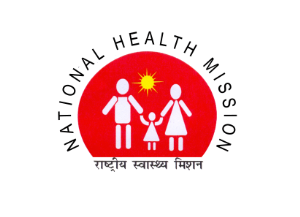- Skip to main content
- Skip to navigation
- Screen Reader Access
- Text Size
- Select Theme Default Theme Yellow Theme Pink Theme Blue Theme
- हिंदी में

The National Health Mission (NHM) envisages achievement of universal access to equitable, affordable & quality health care services that are accountable and responsive to people's needs.

Result for Walk in Interview of Medical Officers and Specialists held on 07-02-2025
Corrigendum for order dated 12-02-2024 for recruitment of Specialists on You Quote We pay Model
"Order for the candidates selected in the interview (You Quote We Pay Model) held on 01-02-2025"
Vaccancies of MBBS Medical Officers under NHM Uttarakhand-05/02/2025
MMU Activities in Uttarakhand with cooperation with The HANS Foundation
NATIONAL LEPROSY ERADICATION PROGRAMME
Introduction:
Since the inception of National Leprosy Eradication Programme (NLEP) in the year 1983 spectacular success have been made in reducing the burden of Leprosy. The country achieved the goal of leprosy elimination as a public health problem. i.e. prevalence rate (PR) of less than 1 case / 10,000 population at National level by December 2005, as set by National Health Policy 2002. Although prevalence has come down at national and state level, new cases are being continuously detected and these cases will have to be provided quality leprosy services through GHC system.
About NLEP
1955 - National Leprosy Control Program with Dapsone mono therapy .
1982 introduction of Multi Drug Therapy with Rifampicin, Clofazimine and Dapsone
1983 National Leprosy Eradication Program
2005 India achieved elimination of leprosy in December (i.e. less than 1 case per 10,000 population)
Ultimate vision of NLEP : Leprosy Free India by 2030
Major activities under NLEP
Objectives of IEC initiatives are